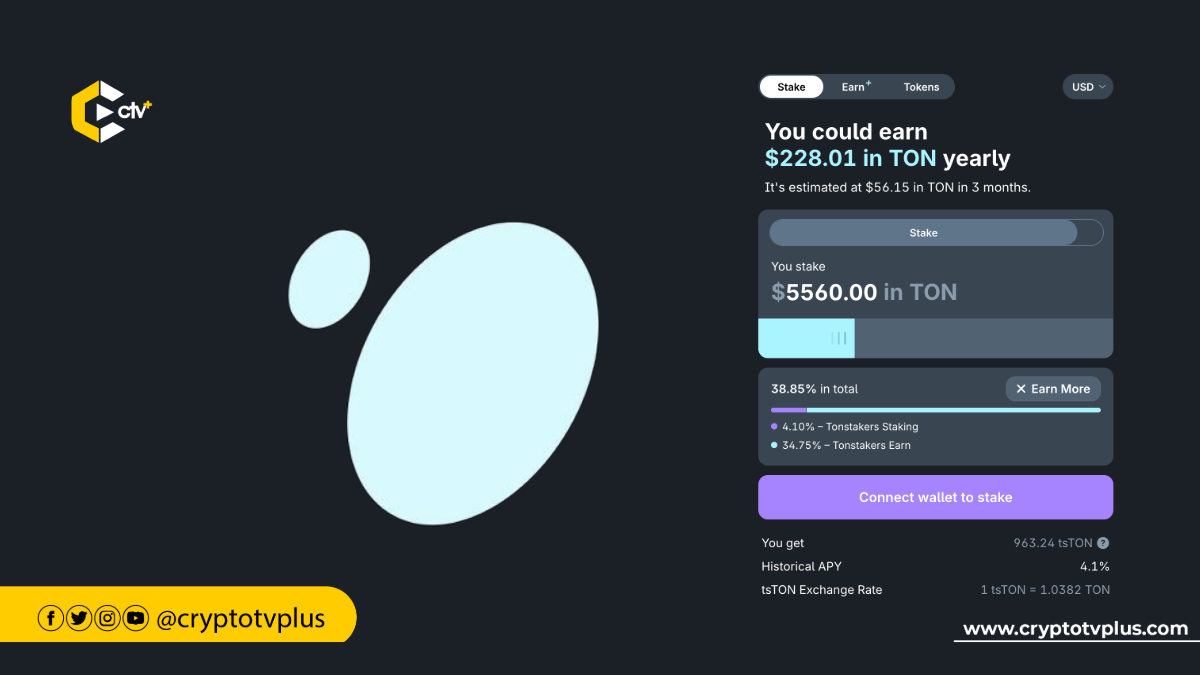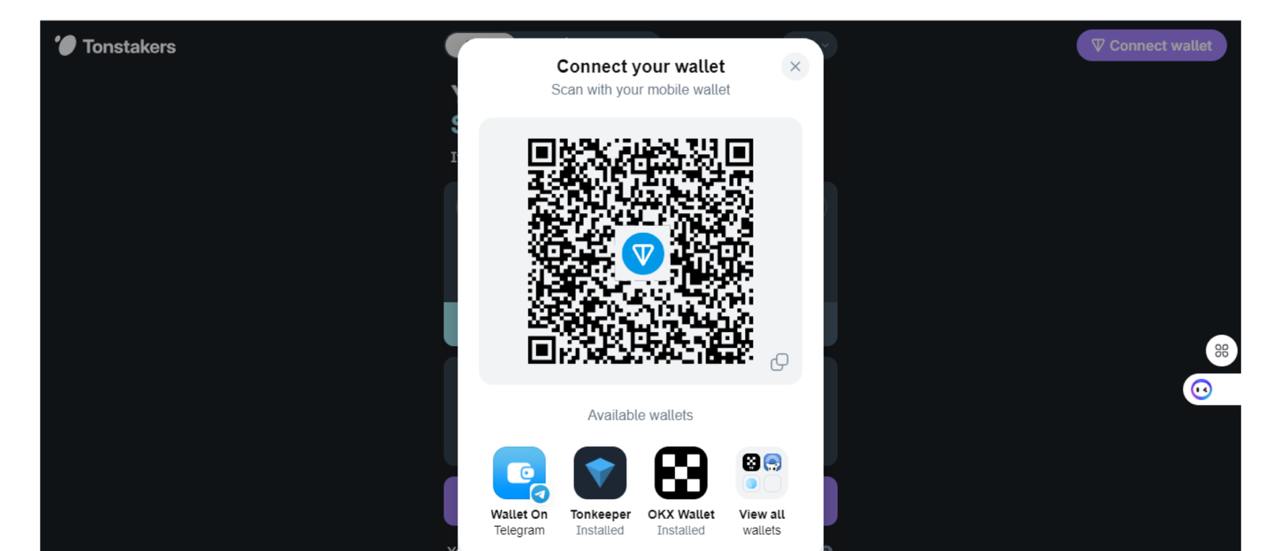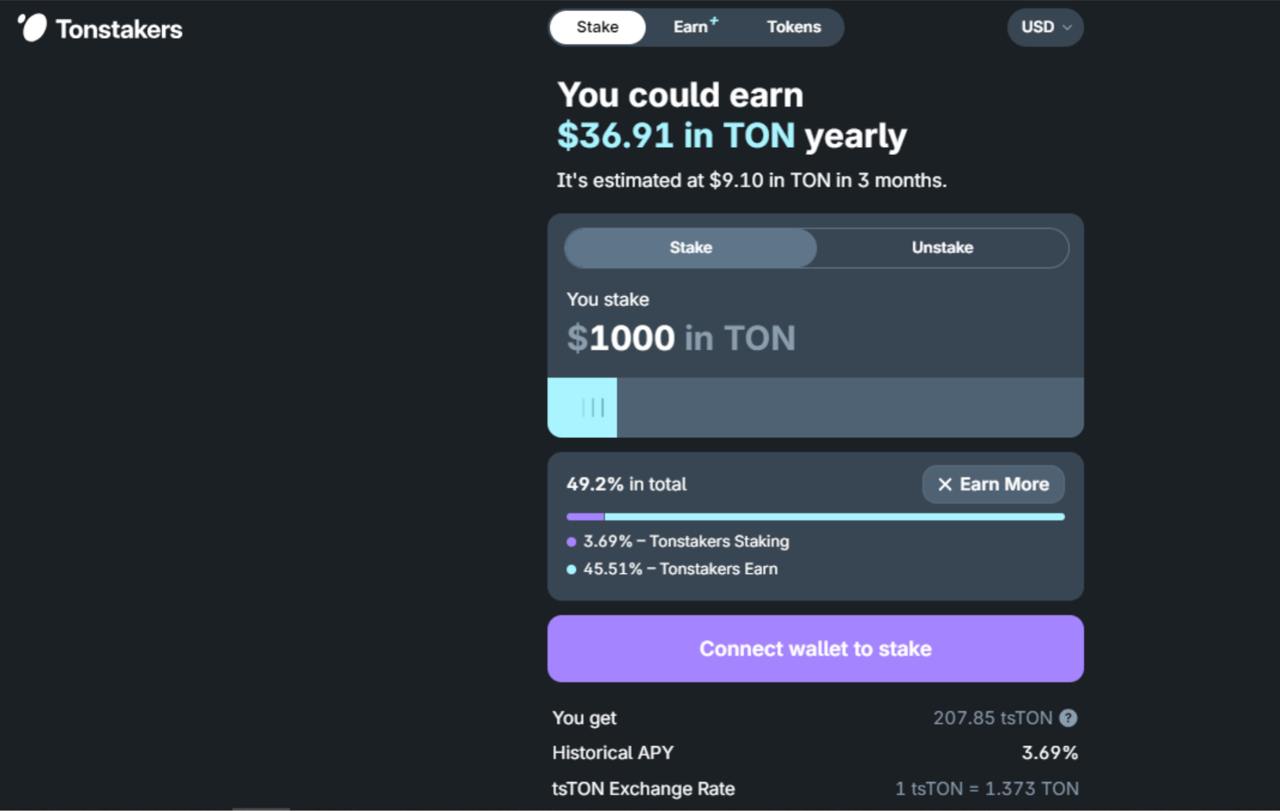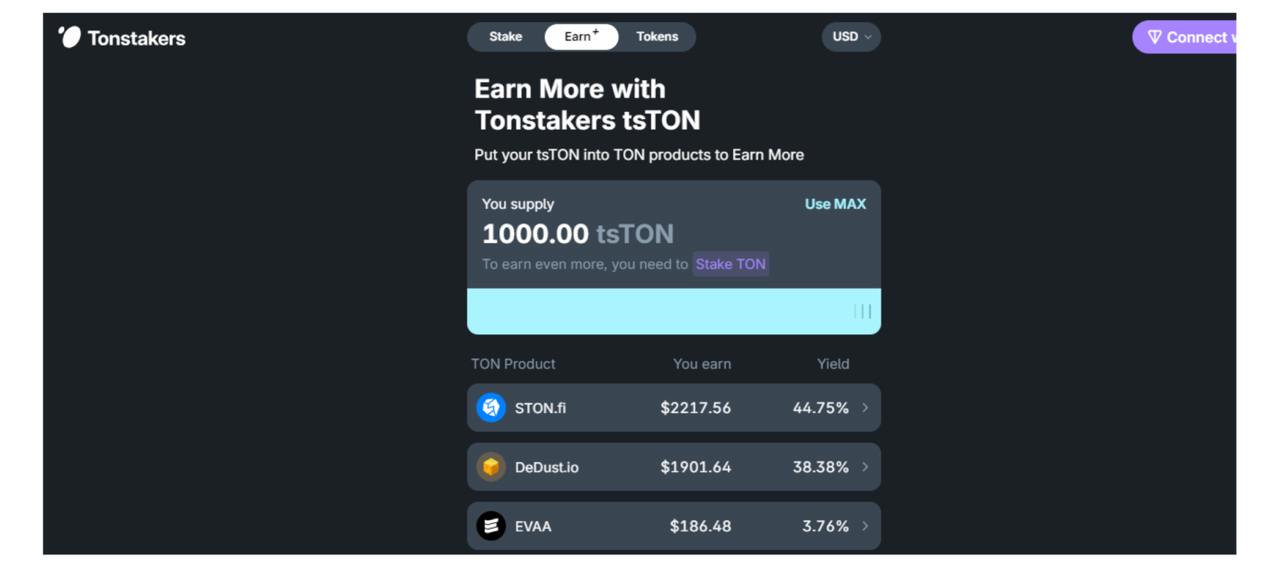Education
Everything you need to know about Tonstakers

Staking in Web3 is a way for people to earn rewards by locking up their cryptocurrency for a certain period. When users stake your tokens, they’re helping support the network, usually by validating transactions or adding security. In return for this support, users get rewards, often through more tokens.
TON blockchain as a Proof of Stake infrastructure
The TON blockchain operates as a Proof of Stake (PoS) infrastructure. It relies on users staking their tokens to help validate transactions and secure the network. Instead of using energy-intensive computing power, like in proof-of-work systems such as Bitcoin, TON uses staked tokens to choose validators. These validators are responsible for confirming transactions and adding them to the blockchain.
In PoS systems like TON, there is a minimum amount a validator must stake to earn rewards by validating transactions. This process ensures the network is decentralized and secure without excessive energy consumption. Validators who perform their job correctly are rewarded with more tokens, while those who act dishonestly risk losing part of their staked tokens.
What is Tonstakers?
Tonstakers functions much like other staking platforms in Web3. It allows holders of $Toncoin or other tokens on the $TON blockchain to contribute to the network.
When users stake their TON-based tokens on Tonstakers, they lock them up. By doing this, they support the blockchain’s security and performance. In return, they earn rewards, typically more TON tokens.
How does Tonstakers work?
The primary activity done on Tonstakers is staking of $TON and other assets. When a user stakes $TON on Tonstakers, they can earn up to 4.5% annual yield and receive tsTON tokens in return.
When the user unstake their $TON, Tonstakers burns their tsTON and gives back the staked TON along with any reward accrued.
tsTON can be traded on decentralized exchanges (DEXes) such as Ston.Fi or sent to liquidity pools to earn more rewards with it.
The minimum amount of $TON to stake in Tonstakers is 1 $TON. Tonstaker doesn’t impose fees for liquid staking service. The users only have to pay regular transaction fees – 0.02 TON to stake and 0.03 TON to unstake – for calling Tonstakers smart contract.
Here’s how to stake $TON on Tonstakers:
- Open the staking portal


2. Connect wallet


From the calculation, $1,000 worth of $TON staked will yield about $36.91 worth of $TON in twelve months which is rewarded as tsTON.
Tonstakers Earn
Tonstakers also has the Tonstakers Earn which is an initiative created by the TON Foundation and Tonstakers to give liquid staking users extra returns for staking their tokens.
The tsTON tokens received by staking $TON can be staked on other platforms like DeDust, EVAA or STON.fi to increase their earnings. This can bring about 15% annual returns.

Three staking options
There are about three staking options of $TON on Tonstakers.
The first is the Regular Staking. Here, users are required to stake at least 300,000 $TON to become a validator and have technical knowledge to spin up a node. Tokens are locked through the full validation cycle (~36 hours)
In the Nominator pools, users lend their TON to validators and the minimum deposit is 10,000 $TON. Once deposited, the tokens are locked up for ~36 hours.
Liquid staking (i.e. Tonstakers). It provides TON to validators and accumulates rewards in its liquidity pool to maximize APY. The minimum deposit is 1 TON, and withdrawals are instant.
Features of Tonstakers
Tonstakers’ validators
Validators are entities that help keep the network running by checking and approving transactions. They make sure everything is correct and secure on the blockchain. In return for their work, validators get rewards, often in the form of the network’s cryptocurrency.
Validators are important because they help make Web3 systems like blockchains trustworthy and reliable, without needing a central authority.
When users stake their TON on Tonstakers, the platform lends these tokens to several partner validators. These validators use the staked TON to help secure the network by approving and verifying transactions on the blockchain.
Validators earn rewards for their work, and those rewards are shared with the users who staked their TON. By distributing TON across multiple validators, Tonstakers reduce risks, like network failures or financial losses if a single validator behaves badly or goes offline.
In this way, Tonstakers keeps the system decentralized and secure while helping users earn rewards from staking. Anyone who wants to become a Tonstakers validator can do so here.
Stackable tokens
Besides $tsTON, Tonstakers offers other tokens that can be staked.
— $Gemston is a token used to reward users for being active in the STON.fi protocol.
— $PUNK is a GameFi token and the main currency in the Punk City gaming world.
— $XROCK is the token for xRocket, the first centralized exchange on Telegram with over 4.5 million users.
— $JetTon is the token for the JetTon Games Platform, which has 6 million users.
— $Povel Durev is a memecoin on the TON network. $WEB3 is the token used in the TON DNS Club ecosystem.
Milestones and future roadmap
Tonstakers has made great progress since it started, with over 70,000 stakers on the platform and around $250 million locked in. This shows that the platform is good at attracting different users and creating an interesting staking experience. It was audited by Certik, a leading smart contract auditor.
Tonstakers also has a plan to add new features and make the platform easier to use. Some of the things they are working on include automatically reinvesting rewards, offering more staking pool options, and giving users better tools to track their staking progress.
They are also looking into allowing users to stake assets from other blockchains on the platform. These changes aim to make Tonstakers the top staking platform in the TON ecosystem and possibly in the extended crypto community, providing users with a strong and flexible service.













62 Comments